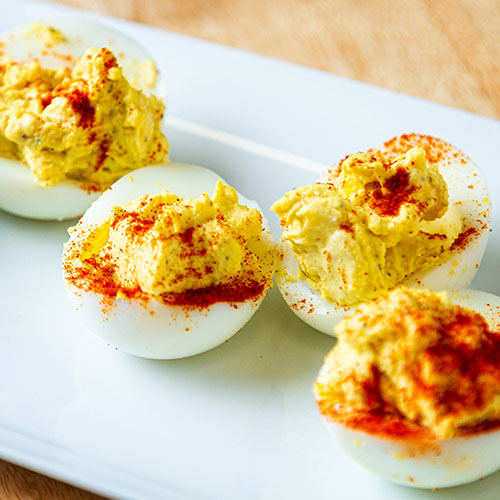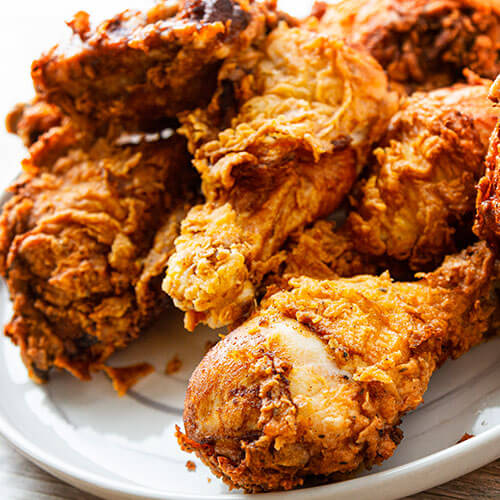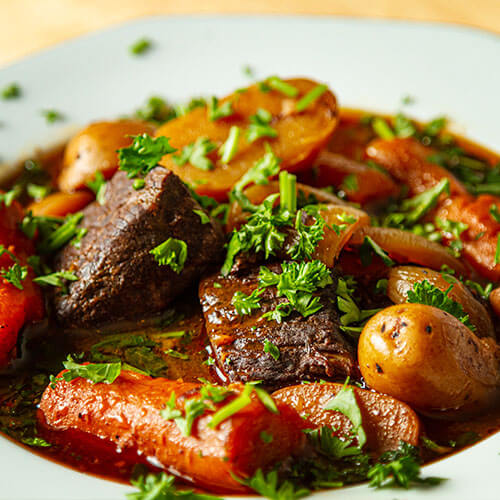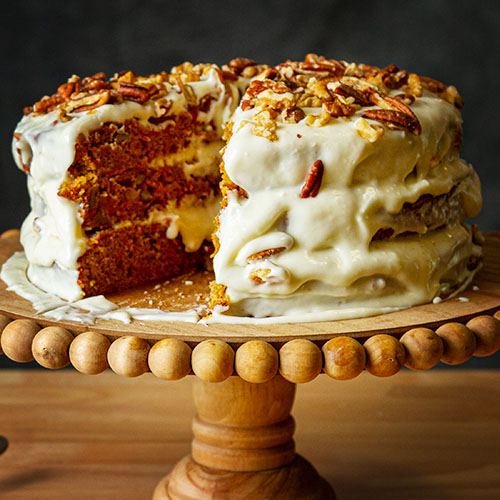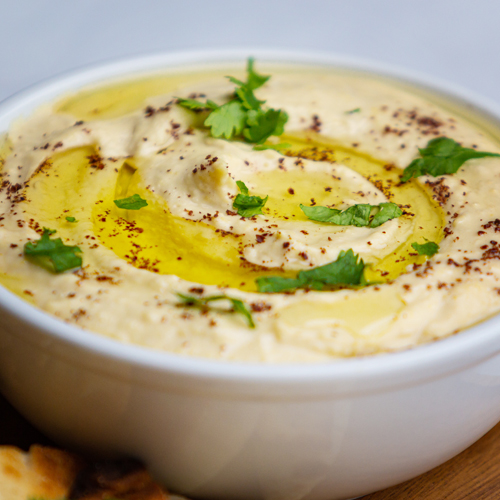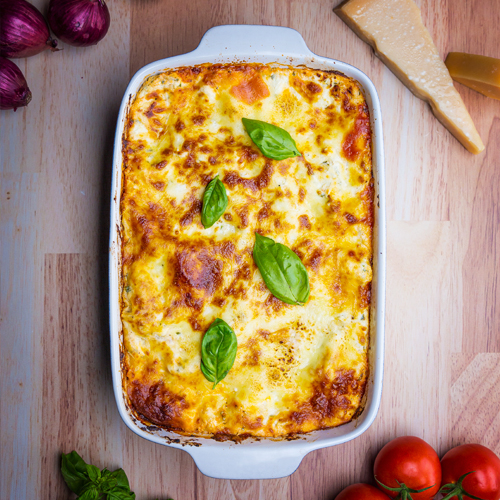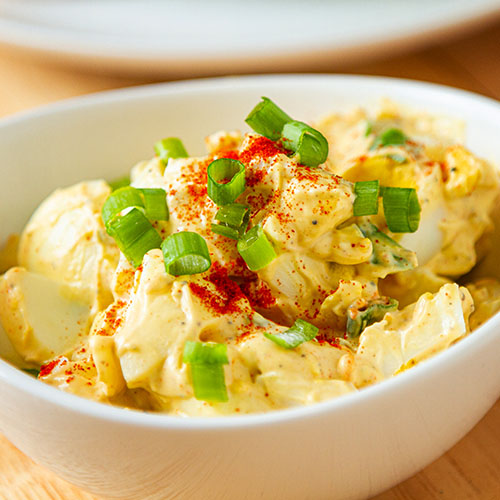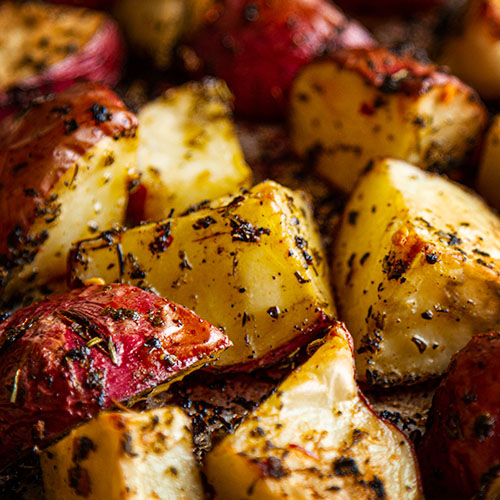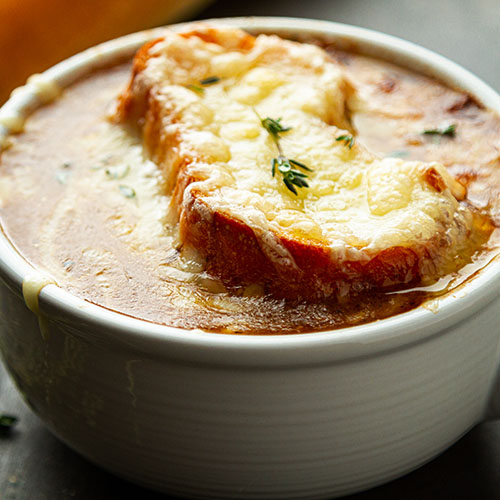Declaring Thanksgiving a Holiday
Thanksgiving marks the beginning of the holiday season for many people living in the United States. Children learn the story of the Pilgrims and Native Americans in the colonial settlement at Plymouth, Massachusetts. Most people know the trappings of Thanksgiving, like eating dinner with family, and spending the day watching football, and enjoying spending time with loved ones. However, not everyone knows how Thanksgiving became an official holiday.
Origins of Thanksgiving
Most schoolchildren learn the story of the first Thanksgiving. In 1621, European immigrants had a difficult time adapting to the new world they found themselves in, and a local tribe of Native Americans assisted them. When the colonists’ first crops came in, they hosted a three-day feast and invited the indigenous people who had helped them. This Thanksgiving tradition carried on to the present day. New York became the first state to make Thanksgiving an official holiday in 1817. An American author and magazine editor, Sarah Josepha Hale, spent 36 years championing Thanksgiving and working to make sure that the federal government made Thanksgiving an annual, official holiday. Her idea would first come to fruition in the 1860s, though Thanksgiving wouldn’t become a permanent national holiday until the 1940s.
Thanksgiving Becomes a National Holiday
The idea of setting aside a day of national thanksgiving was nothing new: President George Washington declared Nov. 26, 1789, as the nation’s first such observance. A few other presidents declared days of thanksgiving as well, but it didn’t become an annual observance until 1863. In that year, President Abraham Lincoln declared that a national day of thanksgiving would be observed on Nov. 26. The tradition was carried on from there, with each president setting this holiday on the last Thursday in November.
However, President Franklin Roosevelt changed things up by deciding that Thanksgiving would be on the next-to-last Thursday of the month, moving up the holiday a bit to lengthen the holiday shopping season in an effort to help struggling businesses. This sparked some controversy, with some people insisting on celebrating on the final Thursday of the month and others observing the holiday on the next-to-last Thursday. To resolve this dispute, in 1941, Congress passed legislation setting the fourth Thursday of November every year as Thanksgiving, which Roosevelt signed into law.
Thanksgiving Traditions and Rituals
Thanksgiving traditions differ from family to family, but some are common across the country. One tradition people participate in is watching the Macy’s Thanksgiving Day Parade on television when they get up on Thanksgiving Day. Eating the family’s version of a traditional Thanksgiving dinner is another major tradition. Afterward, lots of people choose to nap before watching one of the many football games broadcast on Thanksgiving afternoon and evening. Some people spend time planning Christmas get-togethers or even starting their holiday shopping. And many families take time to reflect on all of the things they have to be grateful for over the past year.
Thanksgiving Dinner
Turkey is the centerpiece of the iconic Thanksgiving dinner, and the roasted bird is usually accompanied by a variety of side dishes and desserts. Gravy is a must-have, of course. There are two basic kinds of Thanksgiving gravies: One is a classic brown gravy, while the other traditional choice is giblet gravy. Stuffing is also a common side dish, though there’s some debate about whether the turkey should be stuffed or whether the dressing should be cooked on its own. Most families serve at least one kind of potato, too, commonly mashed potatoes or some sort of sweet potato casserole. Green bean casserole is frequently part of Thanksgiving dinner, too. And most of these holiday meals end with pie, often pumpkin pie.
- The History of Thanksgiving: Here’s How the American Tradition Began
- Thanksgiving in North America: From Local Harvests to National Holiday
- The Myths of the Thanksgiving Story and the Lasting Damage They Imbue
- History of Thanksgiving and Why We Eat Turkey
- Ten Facts About the Origins of Thanksgiving
- The Thanksgiving Holiday
- FDR Establishes Modern Thanksgiving Holiday
- How Thanksgiving Became a National Holiday
- A Presidential History of Thanksgiving
- How Lincoln Turned Regional Holidays Into National Celebrations
- Sarah Josepha Hale: The Godmother of Thanksgiving
- Thanksgiving Becomes an Official Holiday
- Congress Establishes Thanksgiving
- How the Traditional Thanksgiving Feast Has Evolved Over the Centuries
- Thanksgiving: A Tradition Centuries in the Making
- 39 Thanksgiving Tradition Ideas for a Stress-Free, Gratitude-Packed Holiday
- The Family Thanksgiving Traditions Our Editors Cherish
- 23 Thanksgiving Menu Ideas to Suit Any and All Taste Preferences
- Thanksgiving Turkey Recipe
- Food Timeline: American Thanksgiving
- How to Make Homemade Stuffing
- Essential Thanksgiving
This page was last updated by Megan Miller

